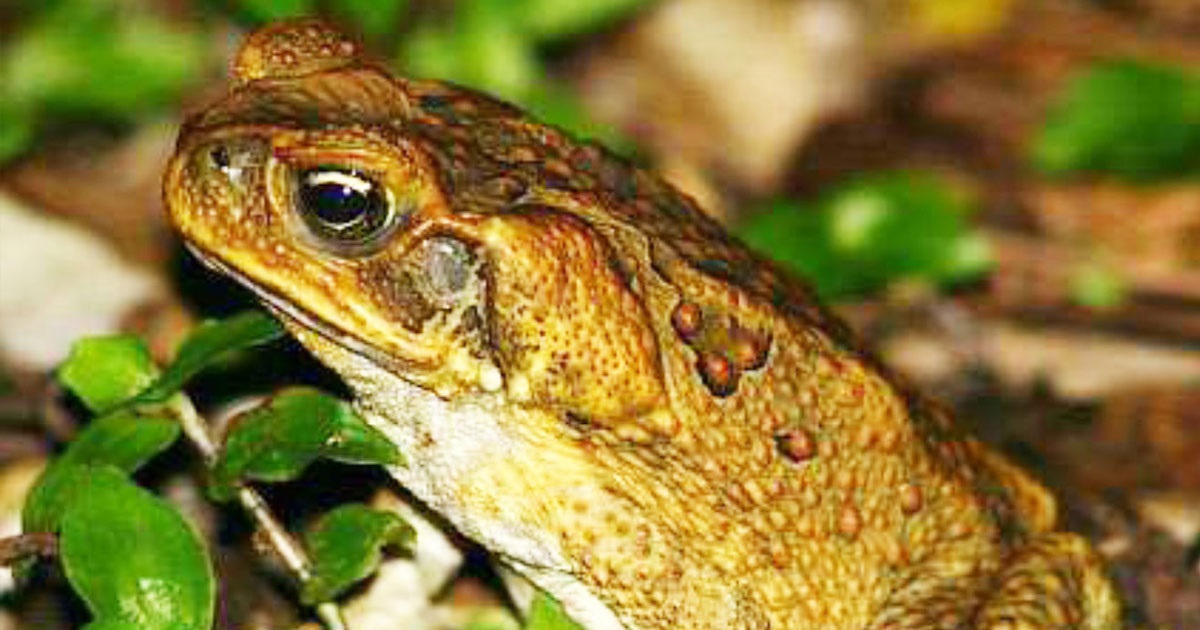Cane toads

Cane toads (Bufo marinus, Bufonidae) naturally occur in southern USA and the tropics of South America.
Cane toads were deliberately introduced into Australia in an unsuccessful attempt to control pest beetles of sugar cane. About 3,000 were first released near Cairns, northern Queensland, in July 1935.
Having no natural predators, cane toads have now spread and are currently distributed along Queensland's east coast, across the top end of Northern Territory and Western Australia and along the coast of New South Wales, as far south as Yamba and around Port Macquarie.
They are a major threat to native animals on the far north coast of New South Wales.
Working together with the community to control cane toads
Cane toads are highly toxic, presenting significant danger to pets, wildlife and agriculture and are spreading at an alarming rate across the Tweed. Council has partnered with experts Watergum to work together with the community to reduce their numbers.
Community toad busting in the Tweed
If you're unable to make one of our events, you can find out how to do your own toad busting at home by watching the following video.